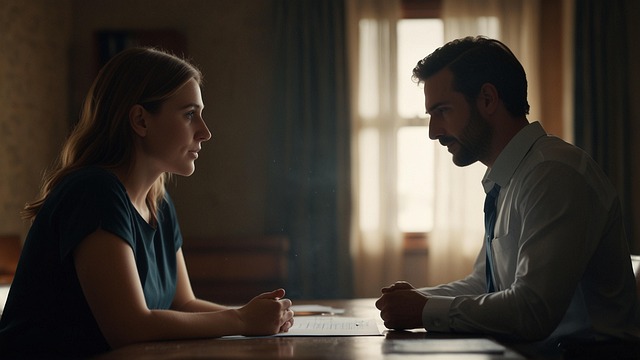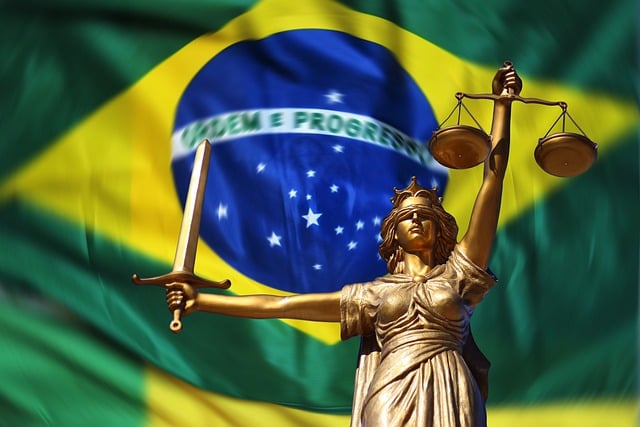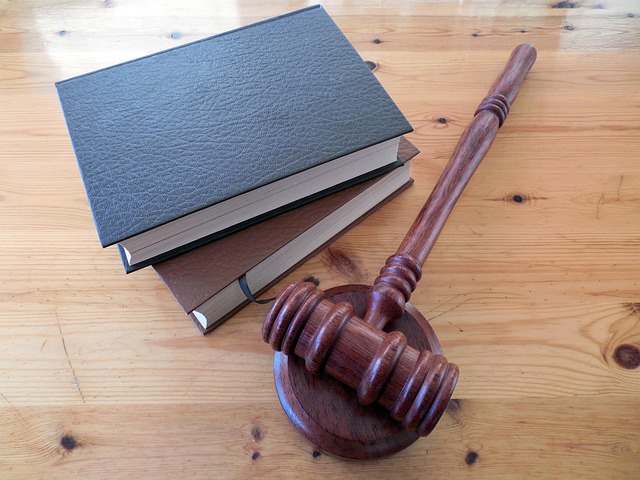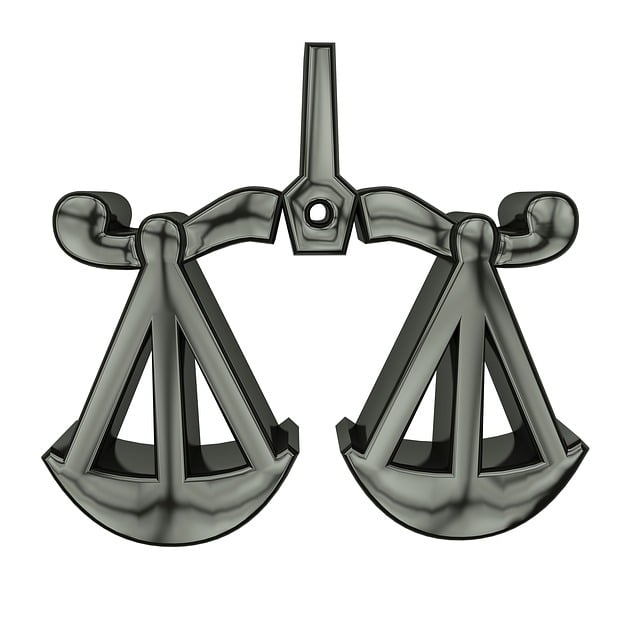Public corruption charges cover a range of illegal activities by public officials, from bribery to fraud, demanding sophisticated legal defenses. Famous class action lawsuits throughout history have played a pivotal role in exposing and combating corruption, leading to significant recoveries and strengthening anti-corruption laws. These collective actions target both individuals and systemic issues, fostering transparency and accountability within government circles. Media scrutiny further acts as a watchdog, leveraging investigative journalism to expose wrongdoings and prompt legal repercussions for corrupt officials. The success of these high-profile cases underscores the power of collaboration between citizens, media, and legal professionals in the fight against corruption.
“Uncovering the insidious web of public corruption charges is essential for understanding the intricate balance between power and accountability. This article explores the far-reaching implications of such charges, from legal definitions to their historical impact. We delve into famous class action lawsuits that have held corrupt officials accountable, shedding light on notable cases throughout history. Additionally, we examine the role of media and public exposure in exposing corruption and provide strategies for effective anti-corruption advocacy.”
- Understanding Public Corruption Charges: Definition and Legal Implications
- Famous Historical Cases: A Look at Notable Class Action Lawsuits Against Corrupt Officials
- The Impact of Media and Public Exposure in Fighting Corruption
- Lessons Learned: Strategies for Effective Anti-Corruption Advocacy and Prevention
Understanding Public Corruption Charges: Definition and Legal Implications

Public Corruption Charges refer to a wide range of illegal activities where public officials abuse their power for personal gain or to benefit a particular interest group. This includes bribery, extortion, fraud, and misuse of public funds. These charges carry significant legal implications, often involving complex white collar defense strategies. When high-ranking officials are involved, the impact can reverberate across the country, affecting respective business operations and societal trust in institutions.
Historically, famous class action lawsuits have been instrumental in exposing and combating public corruption. By pooling resources and expertise, these collective actions have targeted not only corrupt individuals but also systemic issues within organizations. Examples from across the country illustrate that no sector is immune to such investigations, highlighting the importance of robust internal controls and ethical conduct in all respective business activities.
Famous Historical Cases: A Look at Notable Class Action Lawsuits Against Corrupt Officials

Throughout history, famous class action lawsuits against corrupt officials have set significant precedents, exposing and penalizing widespread public corruption. One notable example is the 1970s case of white collar and economic crimes in across the country. This period saw numerous individuals, including high-ranking government officials, accused of embezzlement, fraud, and other financial misdeeds. These lawsuits not only led to substantial monetary recoveries but also strengthened laws targeting public corruption.
Another significant instance is a recent case where a group of citizens brought a class action lawsuit against local officials who had allegedly used their positions to avoid indictment for white collar and economic crimes. By banding together, the plaintiffs were able to amplify their voices and demand transparency and accountability from their representatives. This approach has been instrumental in fostering a culture of integrity within government circles, ensuring that public servants are held responsible for any misconduct.
The Impact of Media and Public Exposure in Fighting Corruption
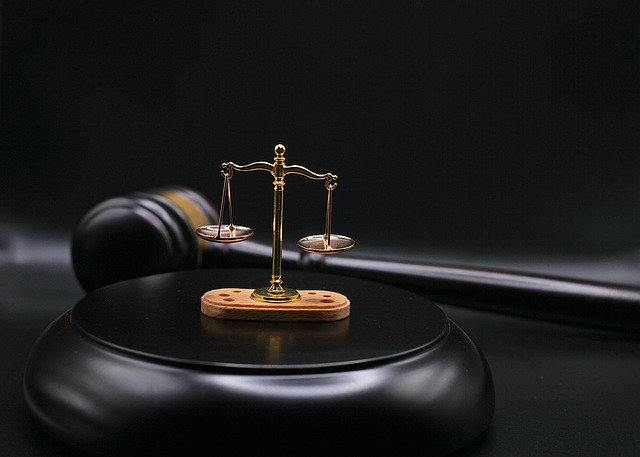
The media plays a pivotal role in exposing public corruption, acting as a watchful eye that scrutinizes those in power. Investigative journalism has been a powerful tool in uncovering instances of bribery, abuse of office, and illicit financial dealings. Public exposure through media reports can lead to significant consequences for corrupt officials, including loss of political support, damage to reputation, and even legal repercussions. This scrutiny often prompts authorities to take action, ensuring transparency and accountability.
Famous class action lawsuits in history have further highlighted the impact of collective action against corruption. By uniting individuals affected by corrupt practices, these lawsuits achieve extraordinary results, bringing perpetrators to justice and fostering a sense of trust within philanthropic and political communities. Avoiding indictment is no longer a viable option for those involved in such scandals, as public awareness and media coverage ensure that wrongdoings do not go unpunished.
Lessons Learned: Strategies for Effective Anti-Corruption Advocacy and Prevention
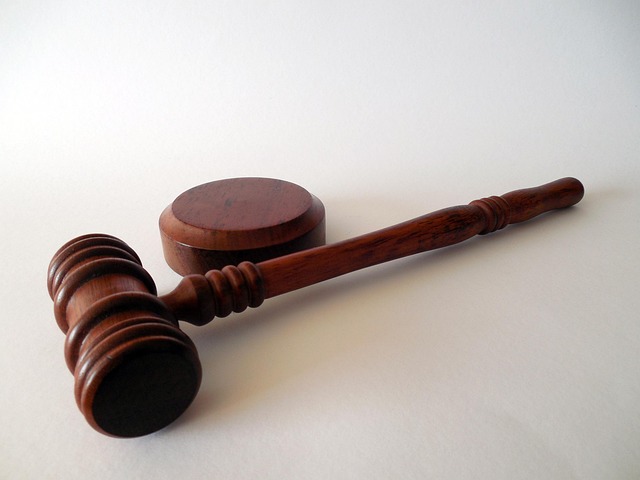
The fight against public corruption has seen its share of triumphs and setbacks, offering valuable lessons for advocates and policymakers alike. One key takeaway from historical perspectives is the power of collective action. Famous class action lawsuits in history have demonstrated that uniting affected communities can lead to significant changes. These high-stakes cases not only secure justice for victims but also serve as deterrents, sending a strong message to potential wrongdoers.
Anti-corruption efforts must leverage this strategy, fostering collaboration between citizens, media, and legal professionals. By sharing knowledge and resources, these stakeholders can navigate complex legal landscapes and achieve winning challenging defense verdicts. The unprecedented track record of such collaborations underscores the effectiveness of a unified front in combating corruption, ensuring transparency and accountability for all.
Public corruption charges are a significant tool in the fight against dishonest officials, as demonstrated by famous historical cases such as notable class action lawsuits. By examining these instances and implementing effective strategies, we can enhance anti-corruption advocacy and prevention. Media and public exposure play a pivotal role in uncovering and exposing corrupt practices, fostering transparency, and driving change. Ultimately, understanding the legal implications of public corruption charges and learning from past successes are essential steps towards creating a more accountable and transparent society.
